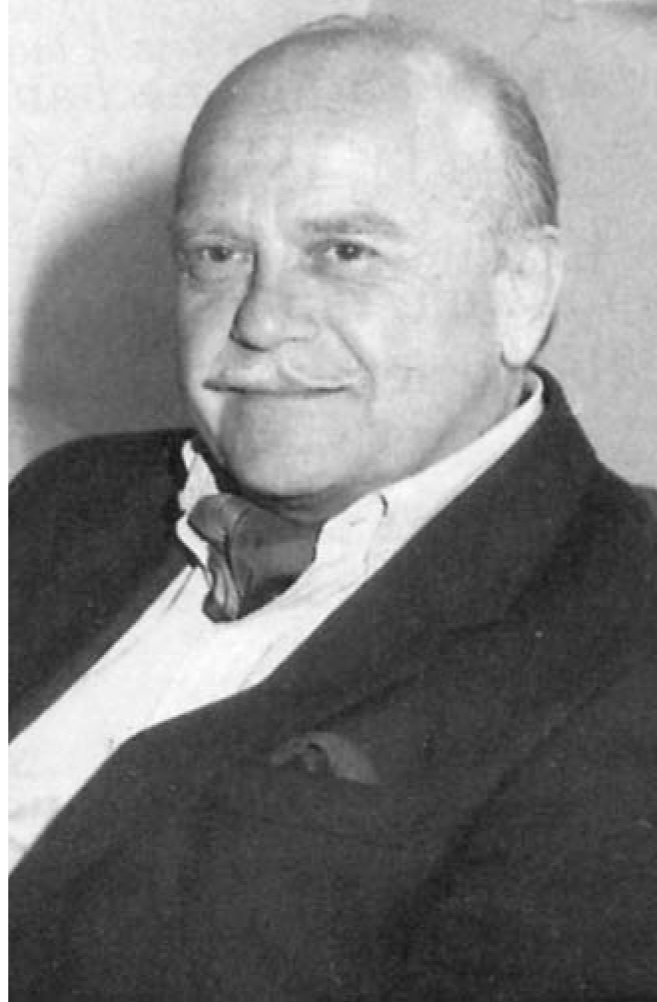Nandor Balazs
DOI: 10.1063/1.1768679
Nandor Balazs, a distinguished member of the department of physics and astronomy at Stony Brook University for 42 years, died of age-related complications on 16 August 2003 at his home in Setauket, New York. He maintained a lifelong interest in statistical mechanics applied to a wide variety of topics.
Nandor was born on 7 July 1926 in Budapest, Hungary, where he attended the Scientific University of Budapest. His first publication, which appeared in Nature in 1949, was on the theory of viscosity. He escaped from the communist takeover during the first Hungarian uprising in 1949 and began attending the University of Amsterdam in 1950. He swiftly obtained his PhD in 1951 with theoretical work in statistical physics.
Nandor was a research associate with Erwin Schrödinger at the Dublin Institute for Advanced Studies during 1951 and 1952. Schrödinger arranged a visiting assistantship for him with Albert Einstein at the Institute for Advanced Study in Princeton, New Jersey, where Nandor stayed a year. From Princeton, he went to the University of Alabama (1953–55) and to the University of Chicago’s Fermi Institute (1955–59). He returned to Princeton to work at the Plasma Physics Laboratory in 1959. In the fall of 1961, Leonard Eisenbud, chair of the nascent physics department at SUNY’s Oyster Bay campus, persuaded him to join the department while the university’s permanent campus at Stony Brook was under construction. Nandor taught and carried out research at Stony Brook, with frequent excursions as a visitor to other institutions.
During the course of his life, Nandor had close friendships and working collaborations with Schrödinger, Paul Dirac, Subrahmanyan Chandrasekhar, Eugene Wigner, and other major figures in 20th-century physics. He was a visiting professor at various times at the universities of California (San Diego campus), Washington, Cambridge, Oxford, Heidelberg, Zürich, Jülich, Munich, Orsay, and Saclay. For a number of years, he made one or two trips annually to Los Alamos, where he advised and collaborated with members of the theory division, primarily on relativity, cosmology, and quantum information. He later (2000 and 2001) would chair the Los Alamos National Laboratory theory division’s external review committee.
Nandor’s work in physics was distinguished by a depth of understanding and interest in the mathematical fundamentals of various topics, which ranged from nuclear physics to information theory and chaos. A collaboration with one of us (Berry) began in 1978 as an outgrowth of Nandor’s work with George Zipfel in which he and Zipfel showed how nonclassical interference fringes in phase space could have interesting consequences for the semiclassical limit of quantum mechanics. After Berry extended these ideas on Wigner functions, Nandor invited him to Stony Brook; from that visit, three papers evolved. One, with Michael Tabor and two of us (Berry and Voros), showed how to turn a wide class of classical maps, the simplest chaotic systems, into quantum maps and thereby provide a simple formalism for studying what was beginning to be called quantum chaos.
During the 1980s, Nandor made repeated and fruitful stays in Orsay and Saclay, where he extended the study of theoretical and mathematical problems at the classical borderline of quantum mechanics. With one of us (Balian) and Marcel Vénéroni, he explored the part played by information and entropy in quantum statistical mechanics. Also, Balian and Nandor proved that two methods of inference for the assignment of a state to a partially known quantum system are equivalent—namely, Laplace’s principle of indifference and the maximum entropy criterion. With Voros (and occasionally with Charles Schmit), Nandor used maximally simple abstract approaches, such as free motion on surfaces of constant negative curvature (“pseudospheres,” as suggested first by Martin Gutzwiller) and baker’s maps, to study the quantizations of classically chaotic systems.
Nandor maintained contacts in his native Hungary and occasionally brought Hungarian physicists to the US. In his collaborations with people in Budapest (notably Béla Lukács and Jozsef Zimányi), he dealt with relativistic heavy-ion collisions and thus provided a connection between Stony Brook (a home of RHIC theory) and Hungary.
Nandor’s precision in language naturally accompanied a precision of thought in physics. He could suggest unexpected viewpoints and catalyze the birth of ideas and their most elegant formulations. His papers are clear, detailed, and precise, but also written to be accessible to the nonspecialist.
Nandor had a variety of interests outside of physics, including fencing (he was a champion with the foil in Hungary), sailing, and horseback riding. He read widely, in Hungarian, Dutch, German, English, and French, all of which he spoke fluently. He was polished in manners and a consummate Hungarian gentleman of the old school (Berry remembers Nandor’s stopping to buy mustache wax on the road home from the airport). He could be demanding and occasionally short-tempered with his peers, but always took time and effort to communicate patiently and wisely with younger students and colleagues. Sadly, most of us will never know his like again.

Nandor Balazs

More about the Authors
Robert de Zafra. Stony Brook University, Stony Brook, New York, US.
Tom Bergeman. Stony Brook University, Stony Brook, New York, US.
Michael Berry. University of Bristol, Bristol, UK.
Roger Balian. Commissariat a` l’Energie Atomique, Saclay, France.
Andre´ Voros. Commissariat a` l’Energie Atomique, Saclay, France.
